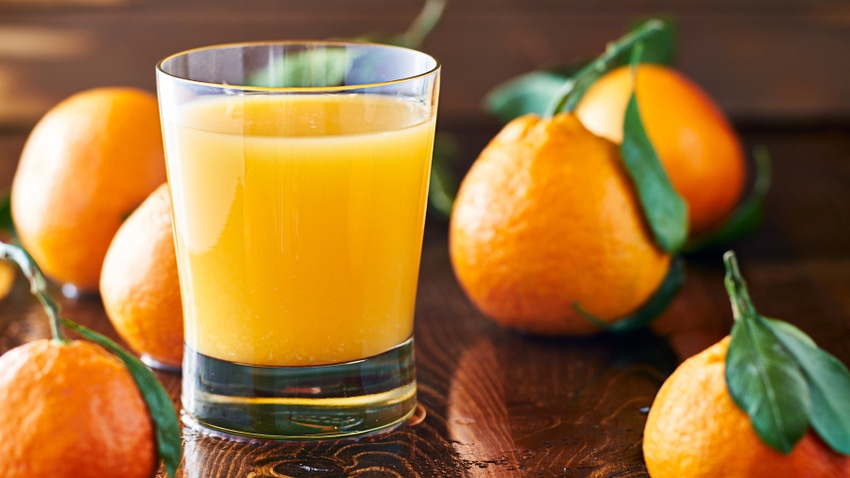March 28, 2024

By Megan Winslow, University of Florida
A significant portion of consumers are drawn to Florida’s iconic drink despite recent economic setbacks, a study of the state’s orange juice industry by University of Florida researchers reveals.
“There is an intrinsic value that consumers have for Florida orange juice. When they think of Florida, orange juice is often part of the imagery,” said Marisa Zansler, director of economic and market research with the Florida Department of Citrus and a co-author of an Ask IFAS document tracking OJ purchasing habits.
Researchers with the University of Florida Institute of Food and Agricultural Sciences (UF/IFAS) food and resource economics department followed the trajectory of 100% orange juice sales between 2018 and 2023, a period when the state’s citrus crops grappled with violent weather, a voracious bacterial disease and the highest inflation rates the country has experienced in more than 40 years.
Most surprising among the findings was the fluctuation in OJ prices over time, said Sungeun Yoon, an assistant research scientist with the UF/IFAS food and resource economics department.
Sales of orange juice soared during the early days of the Covid-19 pandemic in 2020, increasing 16% in sales volume and 18% in dollar sales compared to 2019, according to the document.
The researchers said consumers were likely influenced by the health benefits associated with the drink.
The “pandemic effect” began to fade in 2021, however, with OJ volume sales decreasing 7% and dollar sales decreasing 4% compared to the year before. At the same time, inflation was climbing, and the price of OJ eventually increased enough to keep retail dollar sales consistent with pandemic levels.
But prices kept rising, and a gallon of orange juice cost $8.82 by the first quarter of 2023, 14% higher than 2022 when customers paid $7.77. For many consumers, the price proved too high and dollar sales correspondingly decreased 11% from $860 million to $765 million during that first quarter on a year-over-year basis.
The spread of Huanglongbing, or citrus greening disease, and damage from weather-related events like Hurricane Irma in 2017, Hurricane Ian in 2022 and a freeze in 2022 have also hurt the state’s citrus industry, Zansler said.
“These supply-side disruptions have had a profound and direct impact on the cost of production, leading to higher OJ prices,” Zansler said.
While all these factors have resulted in less orange juice sold and less revenue earned, the share of OJ consumers is relatively constant.
UF’s Florida Agricultural Marketing Research Center designed a consumer tracker survey to gain insight into shopping behavior and attitudes toward orange juice. By gathering data from 500 adult grocery shoppers every month, the tracker determined the percentage of active OJ consumers, defined as those who purchased the product in the past 30 days. That figure increased from 48% in 2021 to 51% in 2022 and remained constant during the first four months of 2023.
The tracker also revealed 60% of respondents queried since 2019 consider OJ a valuable food product, according to the document.
“It was reassuring to observe the relatively constant shares of consumers who purchased OJ in the past 30 days and who have a positive perception of OJ during the inflationary period,” Yoon said. “This signals the possibility of higher OJ demand once the OJ price level stabilizes.”
You May Also Like




